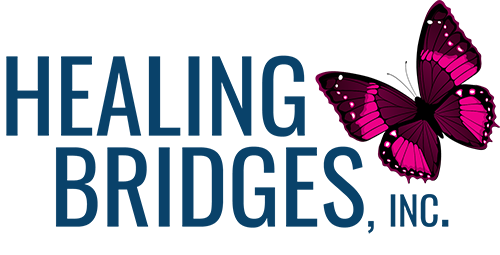How to Incorporate Exercise into a Busy Lifestyle
1. Avoid “all or nothing” thinking. Keep the American College of Sports Medicine Guidelines* as a goal, but remember, every little bit helps. A 5 minute walk is better than 5 minutes of sitting. Little by little we go far.
2. Don’t think of exercise as “one more thing to do”, rather, think of being a little more active in the time you have. For example, take the stairs for 1 -2 flights instead of the elevator; take a “walk break” instead of a coffee break. Stretch as you watch the news. Be active with your spouse, children, friends: meet for a walk or workout instead of going out for a meal. Get a pedometer and gradually increase your steps. Read more

 Contact us to schedule this event with a link to my email address.
Contact us to schedule this event with a link to my email address.